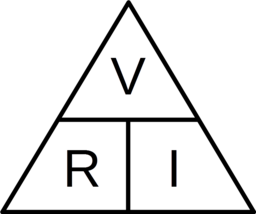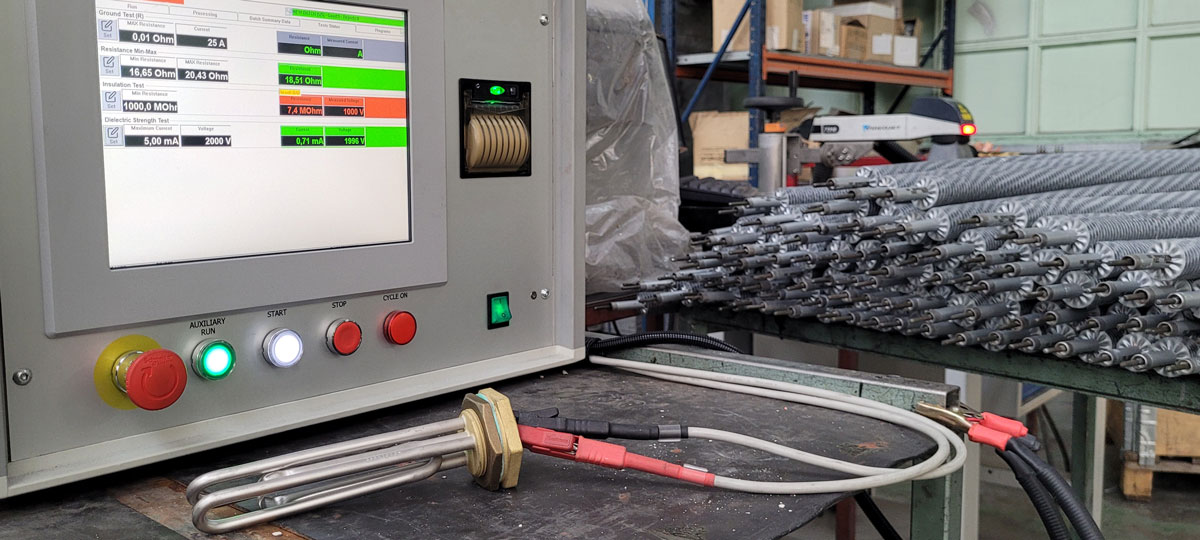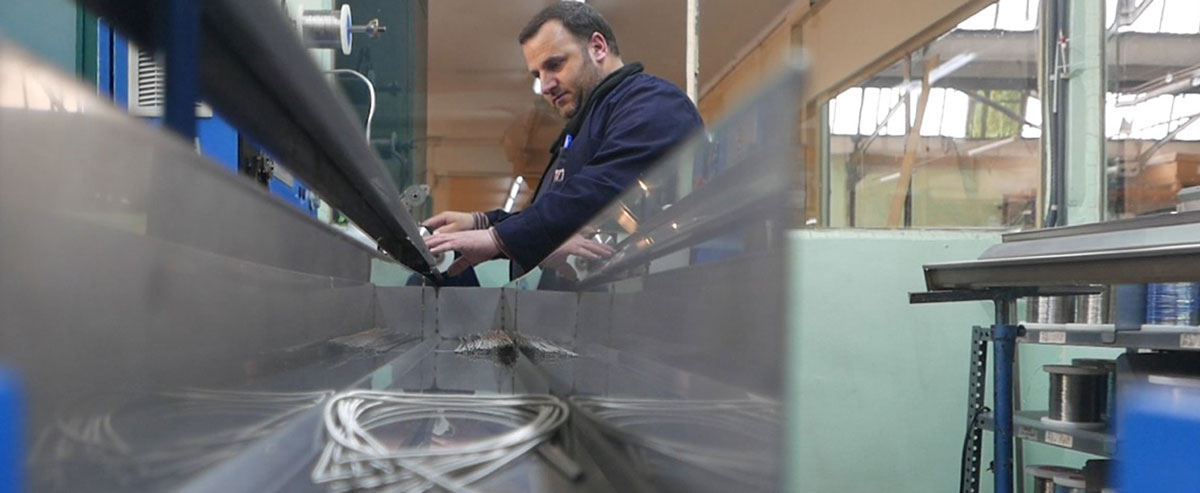Ohm’s Law: A fundamental pillar in the Industry
Ohm’s Law: A fundamental pillar in the Industry
Electricity, that mysterious and omnipresent force, has been the backbone of technological revolution and modernization. From the simple gesture of lighting a lamp to the intricate operation of advanced machinery in mega factories, electricity is the life-giving pulse of our technological age. But what principles govern this energy that is so vital to our existence? One of the keys lies in a fundamental law: Ohm’s Law and its crucial application in the industrial sector.
History and fundamentals of Ohm’s Law
Ohm’s Law, named after its pioneer, the German physicist Georg Simon Ohm, is one of the cornerstones of electrical theory. Born in 1789 in Erlangen, Bavaria, he is known for his law relating voltage, current and resistance. Although he published his findings in 1827 in „Die galvanische Kette, mathematisch bearbeitet“ (The galvanic chain, mathematically treated), he faced skepticism and criticism from the scientific community. These doubts affected his career, hindering his academic consolidation. However, with the rise of electricity and electronics, the importance of his work became evident. In 1841, the Royal Society awarded him the prestigious Copley Medal, finally recognizing his contribution. Today, Ohm’s Law is essential in electrical and electronic studies.
 The equation symbolizing Ohm’s law is:
The equation symbolizing Ohm’s law is:
• I denotes the current in amperes (A).
• V denotes the voltage in volts (V).
• R is the resistance in ohms (Ω).
A simple and widely used mnemonic technique for remembering the relationships between the quantities that are part of Ohm’s law is the well-known „Ohm’s law triangle“. To determine the value of one of these quantities, simply hide the corresponding letter in the triangle, and the remaining two letters indicate their relationship. It is important to note that when the letters are adjacent, they are multiplied, while when they are one above the other, they are divided, following a process similar to that of a conventional mathematical operator.
The Depth of Ohm’s Law in Industry
Ohm’s Law is not just a theory studied in the classroom. Its application in industry is vast and profound. It is one of the bases on which the electrical equipment we manufacture at IES SOLER is designed, built, operated and maintained.
As mentioned in the previous formula, the letter „R“ in Resistance represents the opposition to the passage of electrical energy, and this additional energy is released in the form of heat, due to the Joule effect. This is the fundamental premise underlying the design of the electrical resistors we manufacture.
 Challenges and reflections on its industrial application
Challenges and reflections on its industrial application
Ohm’s Law, recognized for its conceptual clarity, becomes an enigma when it is attempted to be applied in the practical field of industry. This law, which establishes the relationship between voltage, current and resistance in an electrical circuit, can be affected by multiple factors in real situations. Extreme environmental conditions are one of these determining factors. For example, humidity or extreme cold can alter the conductivity of a material. In addition, the quality and purity of the materials used in the conductors play a crucial role. A conductor of high quality and purity will ensure better conductivity and lower resistance.
However, in the real world, pure materials are not always used, which can lead to variations in the expected results. Fluctuations in load demands, which are common in industry due to variations in the use of machinery and equipment, can also influence how Ohm’s Law manifests itself. A clear example is a conductor that, under ideal, temperature-controlled conditions, works perfectly, but when exposed to a high-temperature environment, its conductivity can vary significantly. It is essential, therefore, to take these factors into account when applying Ohm’s Law in practical industrial situations.
Tools and associated technologies
Ohm’s Law, in its essence, is a mathematical formula. But its practical application in industry requires specific tools and technologies to measure all related values. From multimeters that measure current and voltage, to state-of-the-art oscilloscopes that allow visualization of electrical signals over time, these tools are vital. In addition, with the advent of the digital age, advanced software allows engineers to simulate and predict the electrical behavior of complex systems before they are actually implemented.

A look into the future: Innovations and horizons
The electrical and electronics world is in a phase of unprecedented transformation and advancement. This era, marked by rapid progress, has seen the emergence of revolutionary innovations that are changing the industry landscape. One such innovation is the application of nanotechnology in conductors, which promises to improve efficiency and drivability. In addition, smart grids are emerging as a solution to better manage energy consumption and distribution, adapting to changing consumer needs and ensuring a consistent supply. These advances are not only expanding our understanding of fundamental principles such as Ohm’s Law, but are also opening doors to new possibilities and challenges.
In the field of industrial heat, for example, the introduction of new composite materials, such as silicon carbides or Silicon Molybdenum, is enabling devices to handle higher power loads in confined spaces and operate at extremely high temperatures. These developments promise to revolutionize the way we conceive and use energy in the future.
Conclusion: The eternal relevance of Ohm’s Law
Although formulated nearly two centuries ago, Ohm’s Law remains as relevant and applicable today as it was in Ohm’s time. Its profound influence on modern industry is a testament to the importance of the fundamental laws of physics in our everyday lives. With a solid understanding of this law and the right tools to apply it, at IES SOLER we work daily to continue transforming our world and that of our customers, leading us towards an even more electrified and efficient future.

